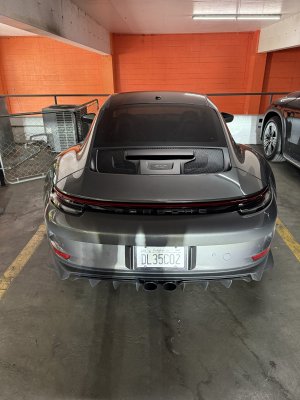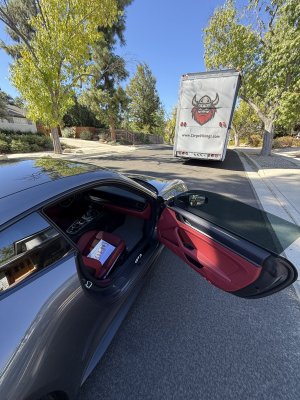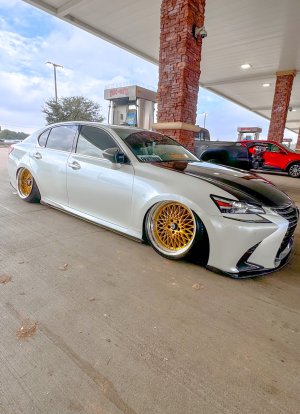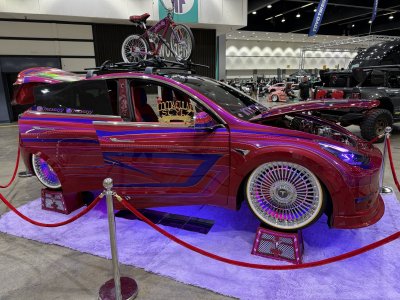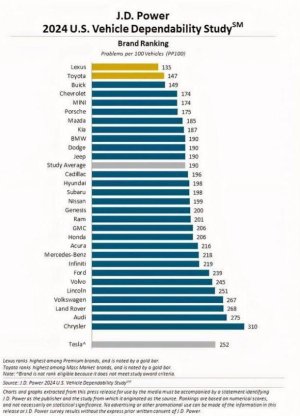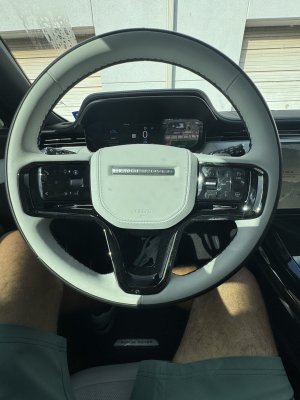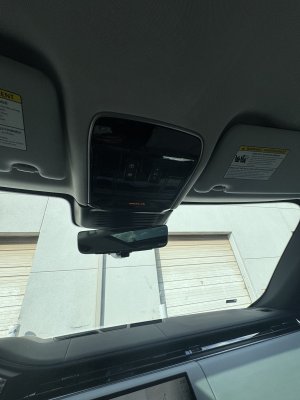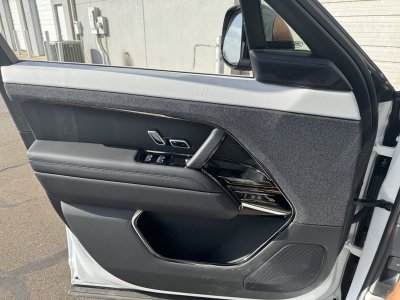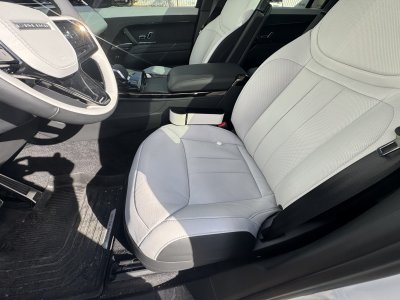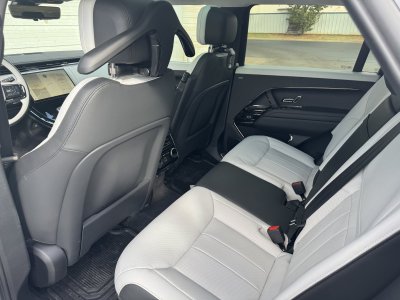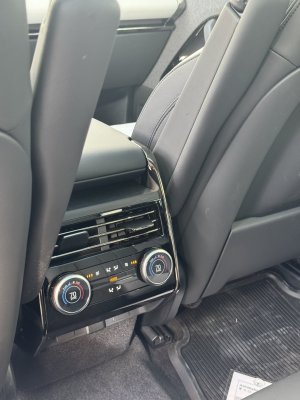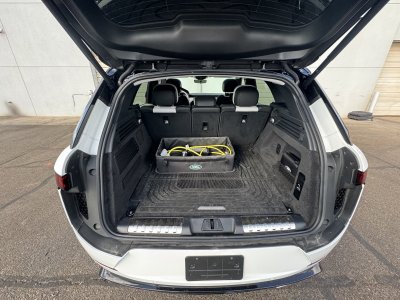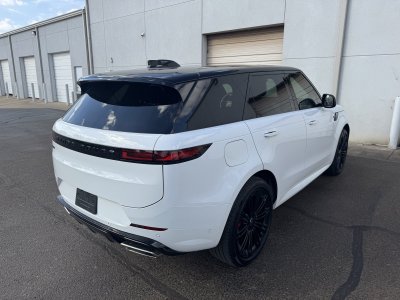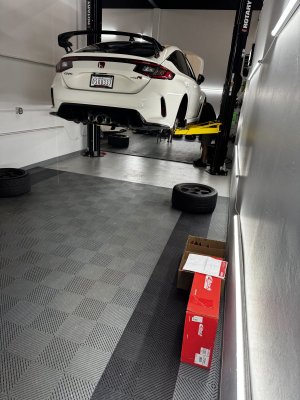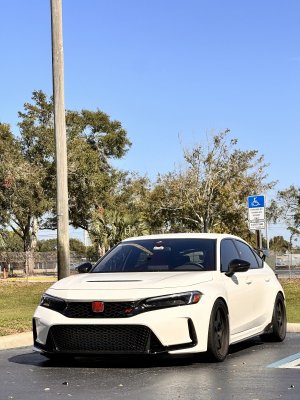Well for background I do know:
Up until the VW Group figured out that it could emphasize automotive interiors around 1996 (i.e. spend a few hundred more-see generation Audi A4 reference) and share parts/de-content cars mechanically (Ferdinand Piech doesn't get the credit he deserves here) most OEMs didn't really have a focus on interiors outside of the instruments. Let's look at the Honda Civic, the leading 'B' segment from 1990 to today in 15 year(ish) segments:
 1990/ 2005/ 2021
1990/ 2005/ 2021
Maybe 'simplicity' = 'boring' from your POV but let's assume its more 'traditional' thinking to frame this discussion
(i.e visual excitement/engagement = not boring)
While the crisp, large, perfectly lit gauges from the 1990 Civic is a revelation even today and makes even the new generation IP look a bit narrow in comparison, the 2005/2021 have far more interesting shapes, textures and materials, along with variating radii on various surface axis along mostly every part in the interior.
New interiors are far mire 'fussy' visually - which I'm not advocating by any means to be a great thing - again I'm a big fan of the sight lines of the Model 3 chassis cars which remind me of the 1990 Civic (no hood in view, slim dashboard) but removing my bias aside, I think while there is some inevitable standardization amongst manufactures for the pads mounted on the dashboard, the other thousands of parts that make up and interior is now rendered with much more design thought and detail it would be extremely difficult for me to call new car interior boring.
Here is a D class segment car, Mercedes S Class again for comparison:
1990/ 2005/ 2021/
Ironically, the S Class has returned to simplicity in its latest iteration vs. the Civic. IMHO, the 'starkness' that the 1990s Civic and S Class have here is more 'timeless'-while the mid 2000s version, while interesting, hasn't aged well. How artfully OEMs integrate screens was the key going back to the early 2010s.
www.cargurus.com










